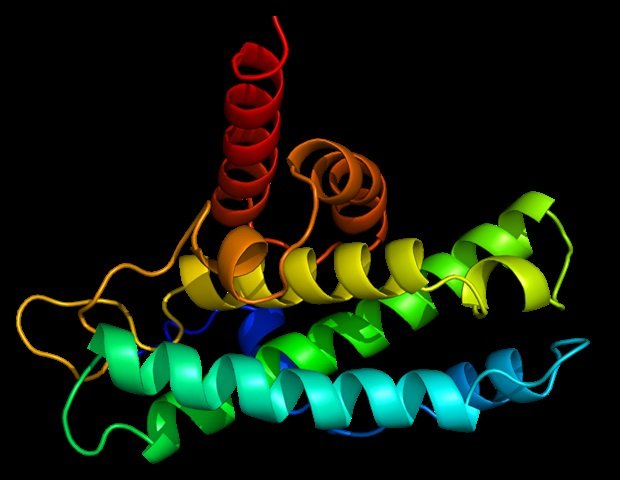Protein glycosylation is a fundamental biological process that regulates various cellular functions, yet its study has been hampered by the complexity and low abundance of glycoproteins. In a groundbreaking study published in National Science Reviewscientists from Fudan University developed a glycopeptide enrichment strategy based on chemical ligation called HG-TCs. This method uses advanced solid-phase materials and bioorthogonal chemistry to simultaneously identify multiple types of glycosylation, including N-glycosites, O-GlcNAc sites, and O-GalNAc sites, as well as N-glycans (see figure below). This HG-TCs strategy has the ability to enrich glycopeptides using an azide-alkyne cycloaddition reaction and release them through trypsin cleavage. This one-tube workflow minimizes sample loss while maintaining high reproducibility.
The approach offers a time-efficient workflow with excellent scalability, identifying over 900 O-GlcNAc sites and 800 N-glycosides in HeLa cells in a single experiment, using minimal amounts of samples. The team noted it “Even between technical replicates, guaranteeing identical results remains a challenge. Thus, in comprehensive analysis, mapping multiple glycosylations individually can introduce functional and technical variations that lead to inconsistent data, especially for some dynamic and complex biological models or systems.“Well,”HG-TCs are very favorable for the study of a highly dynamic and complex carbohydrate system, allowing not only the mapping of multiple glycosylations but also the simultaneous monitoring of multiple glycosylation alterations.“
The research team also applied this strategy to analyze samples of HeLa cells under oxidative stress. They revealed distinct spatial glycosylation patterns between the nucleus and cytoplasm, offering valuable insights into the dynamic roles of glycosylation in cellular responses. This study provides a powerful tool for glycoprotein research, helping to understand the dynamic roles of glycosylation in cell signaling and disease mechanisms. For glycoproteomics researchers, this method represents a major leap forward, simplifying complex workflows while maintaining high data quality. The findings are particularly important for the study of glycation changes in cancer and other diseases.
Source:
Journal Reference:
Xiong, Y., et al. (2024) Rapid and large-scale glycopeptide enrichment strategy based on chemical ligation. National Science Review. doi.org/10.1093/nsr/nwae341.
